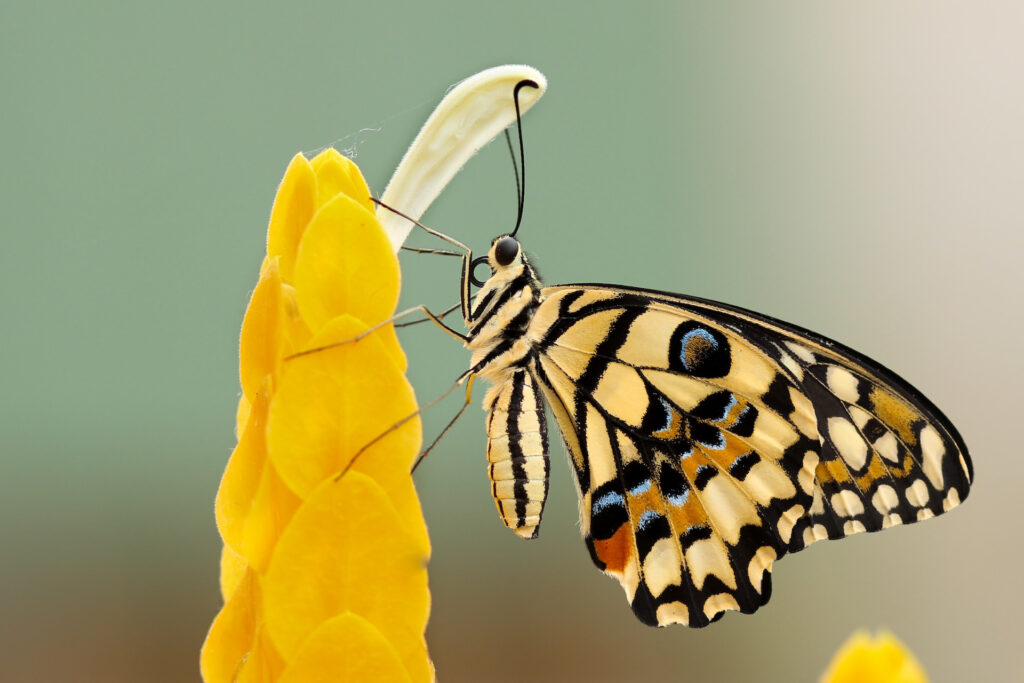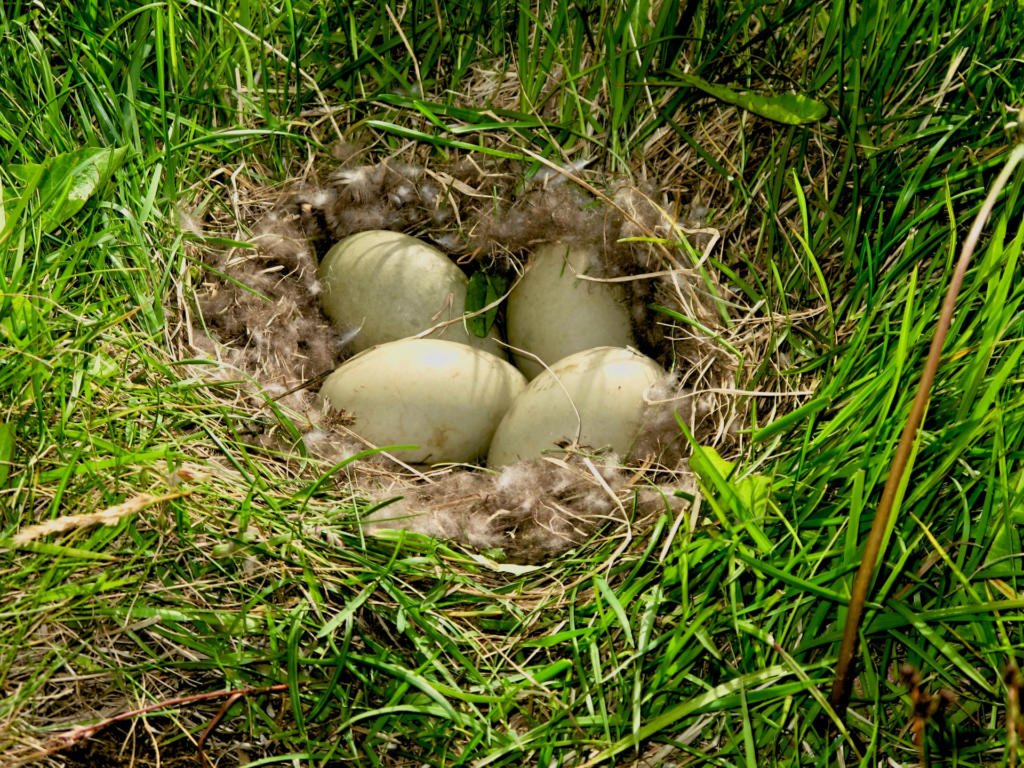(par 3. 8.2) Compitition amongst Plants and animals

http://www.bbc.co.uk/nature/adaptations PLEASE REFER TO BBC WEBSITE FOR ILLUSTRATIVE PHOTOGRAPHS Adaptations help organisms survive in their ecological niche or habitat; adaptations can be anatomical, behavioural or physiological. Anatomical adaptations are physical features such as an animals shape. Behavioural adaptations can be inherited or learnt and include tool use, language and swarming behaviour. Physiological adaptations include the […]
(par 3. 8.1) Compitition amongst Animals – from Animal and Plant Adaptations and Behaviours

http://www.bbc.co.uk/nature/adaptations Adaptations help organisms survive in their ecological niche or habitat; adaptations can be anatomical, behavioural or physiological. Anatomical adaptations are physical features such as an animals shape. Behavioural adaptations can be inherited or learnt and include tool use, language and swarming behaviour. Physiological adaptations include the ability to make venom; but also more general […]
(par 3. 8 ) Resource Competition

http://en.wikibooks.org/wiki/Ecology/Resource_Competition Contents 1 Population Growth 2 Competition Types 3 Modeling Interspecific Competition 4 Kin Competition 5 Competition Infocus 1. Population Growth The butterfly is an example of a species where we would use the age-specific life table A population is defined as a group of interbreeding organisms inhabiting the same region at the same time . In studying populations, demography, […]
